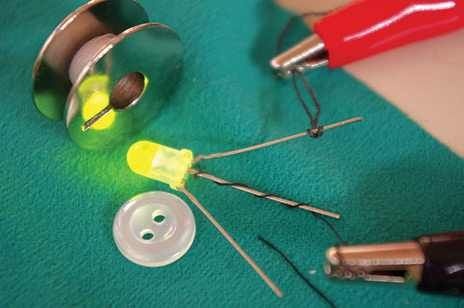
According to the new inventions 2012 in science news a group of researchers have made a hilarious invention called Electronic Cotton. The group of researchers from the United States, Italy, and France have invented transistors,which are made from cotton fibers. According to that new inventions 2012 in science news researchers are hoping that this hilarious invention will be woven into clothing to measure pollutants, T-shirts to display information about health, and carpets to sense how many people are crossing them in the recent future. So this new inventions in science will be very helpful in future in sectors of health, security, monitoring etc .According to the new inventions 2012 in science news that hilarious invention will also be useful in the medical arena,for the statistical purposes.So we can say that, this new inventions 2012 in science will be a very useful step in future.
But according to the new inventions 2012 in science news there is a Drawback of this hilarious invention. The speed of electrons in these transistors is relatively low compared to that of silicon circuits.This means the amount of electricity conducted by this electric cotton made by gold nanoparticles is lower than silicon circuits. But even though because of its possibility of use in different sectors where silicon circuits are not possible to use ,this new inventions 2012 in science will still be very helpful in future.
According to the new inventions 2012 in science news about this hilarious invention Annalisa Bonfiglio , an EE professor at the University of Cagliari, in Italy, whose student Giorgio Mattana worked on the cotton in Hinestroza’s lab said that,” For the moment, I think the most realistic application is in the sensor area.”
This new inventions 2012 in science will also be very helpful for detection of dangerous chemicals. It can be used in that sector for detecting signature of explosive and drugs.It might also monitor heart rate or perspiration, Inside homes and businesses, fabrics—in the form of carpeting, wall coverings, and upholstery—could keep track of humidity levels and allergens.



